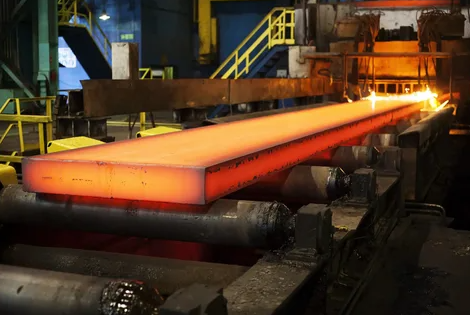Bloomberg published an interesting article about what is happening right now in the iron ore market. The commodity is China's largest single import after computer chips and crude oil. This may be the first major battle in which companies that have grown rich supplying raw materials to China will be forced to accept new rules of the game that will severely limit their profitability.
China's leaders have long urged the country to "hide its strength and bide its time" - urging it not to throw its weight behind until it is strong enough to use it decisively. And now China is demonstrating the practical application of the rule "only go into battle if you think you can win."
China depends on Australia for almost two-thirds of its iron ore imports, sourcing the rest from Brazilian miner Vale.
Sensing this opportunity, BHP and Vale pushed for a new pricing mechanism in 2010 based on the spot market rather than annual contract negotiations that had previously prevailed. This has led to significant increases in costs for Chinese steel companies and record profits for BHP shareholders.
China, while remaining the largest consumer of iron ore, is radically changing the structure of its demand.
How exactly the transformation is happening:
Development of alternative sources of iron ore raw materials. The first ore from the Simandou mine in New Guinea, developed by Rio Tinto and its largest shareholder, Aluminum Corp., has begun shipping. of China, or Chinalco. By 2028, supplies from this field are planned in the amount of 78 million tons, covering 8% of China's needs.
A revolution in scrap metal processing. This is the central element of the strategy. China has begun consolidating its fragmented scrap recycling industry. Established just a year ago, China Resources Recycling Group Co. sets an ambitious goal of producing up to 260 million tons of scrap steel per year. This resource is generated naturally: As millions of cars, appliances and entire buildings built during the boom reach the end of their life cycles, they form a giant "urban mine" of recycled metal. This strategy has only become possible now that China has accumulated a critical mass of the metal and its domestic demand for steel for new construction has declined. Steel production and housing starts are at multi-year lows, freeing up capacity to shift to scrap smelting.
The global implications of this shift are enormous. According to forecasts of the Chinese Baoshan Iron & Steel, the share of scrap in global steel production will increase from 30% in 2023 to 40% in 2030 and to 50% by 2050, thus future growth






